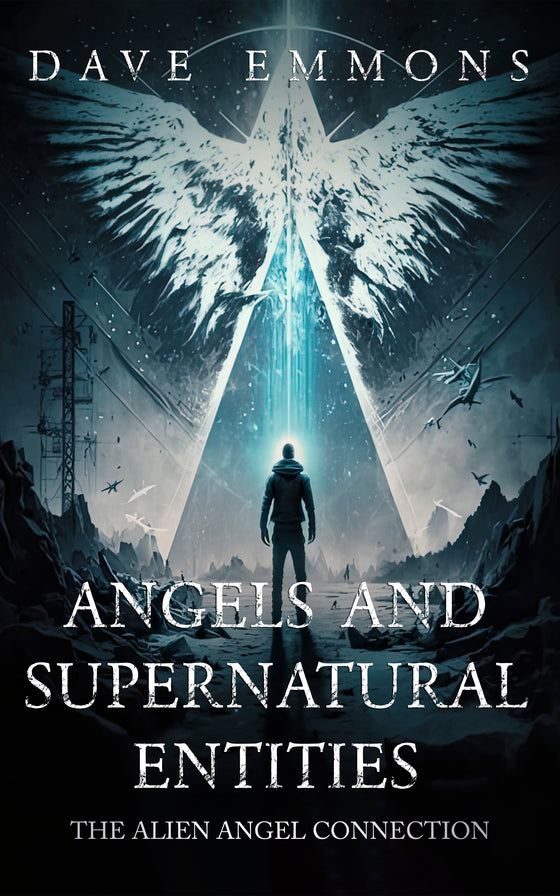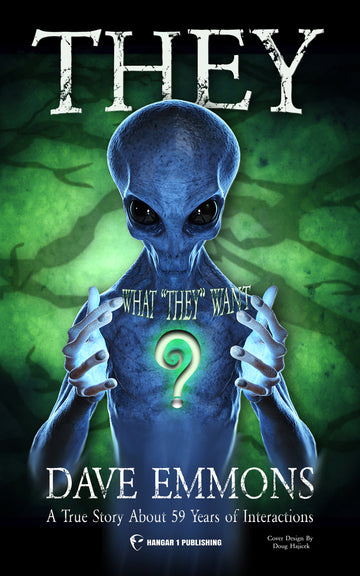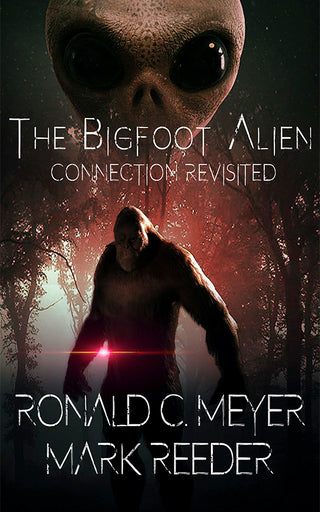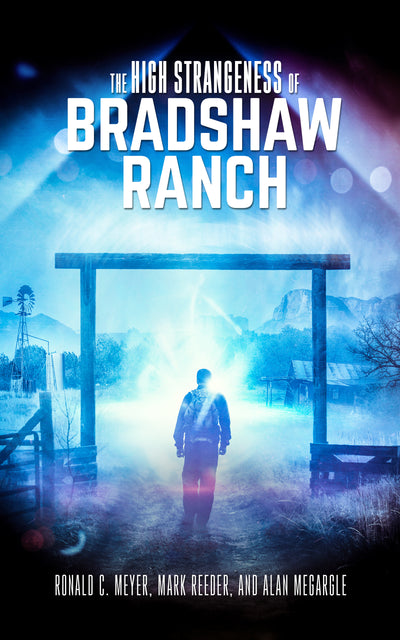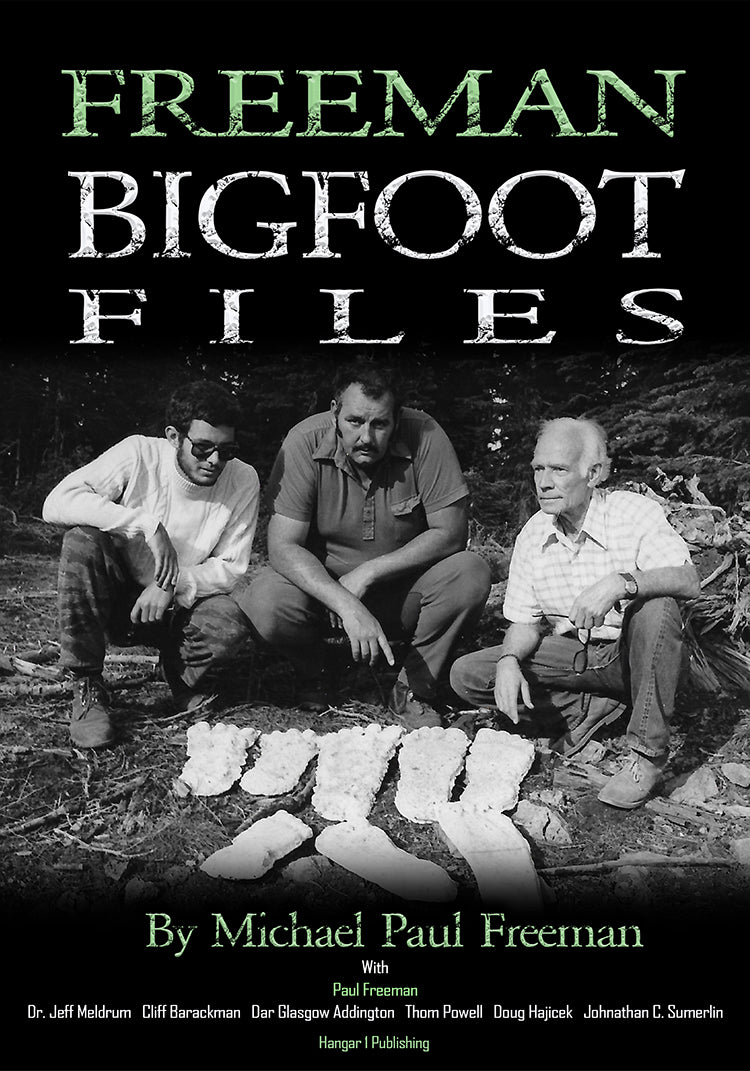Alien Infiltration Theories: What the Data Really Shows About Hidden Agendas

By Gabriel Chen, Ufologist
The Stories We Tell Ourselves About Who's Really in Control
I've been documenting contact experiences across 40 countries for over a decade, and I've noticed something remarkable: the infiltration narrative is everywhere. In Zimbabwe, I spoke with schoolchildren who encountered beings delivering environmental warnings. In California, I interviewed dozens who claim they've undergone reproductive procedures aboard craft. In Washington D.C., I sat across from former defense officials who insist extraterrestrials maintain secret agreements with governments.
What connects these disparate accounts? They all suggest non-human intelligence isn't just visiting-it's here, embedded, operating with purpose.
The question isn't whether these beliefs exist. They're measurable, documentable, spreading faster than ever through digital networks. The question is what these narratives reveal about us, about our anxieties, and about the gap between extraordinary claims and verifiable evidence.
Six Flavors of Infiltration: A Taxonomy
After years of research, I've categorized infiltration claims into six distinct types. Each has its own origin story, proponents, and evidentiary standards. Understanding these categories is the first step in serious analysis.
1. The Hybrid Breeding Program
This is the big one right now. It dominates online discourse and has largely supplanted older narratives. The claim: Greys are conducting a massive breeding program to create alien-human hybrids who will eventually integrate into (or replace) human society.
Researchers like Budd Hopkins and David Jacobs have built entire frameworks around this hypothesis. Jacobs's 2015 book "Walking Among Us" presents what he calls "hubrids"-advanced hybrids already living undetected among us, learning our behaviors, preparing for some undisclosed transition.
The evidence? Almost entirely testimony from hypnotic regression sessions. Thousands of accounts describe medical procedures, nurseries of hybrid children, and instructions to help these beings blend in. But memory researchers have consistently shown that hypnosis can create vivid false memories, especially when the hypnotist has preexisting beliefs about what happened.
2. Reptilian Shapeshifters
British author David Icke popularized this theory in his 1999 book "The Biggest Secret." The claim: a race of blood-drinking reptilian humanoids from Alpha Draconis has infiltrated the highest levels of power by shapeshifting into human form. According to Icke, these entities control humanity through royal bloodlines, corporate leadership, and political office.
It's a modern demonology dressed in extraterrestrial clothing. Scholars who study conspiracy theories see it as a framework that projects anxieties about globalization and hidden power onto a literal inhuman enemy. The "evidence" consists mainly of reinterpreted ancient mythology and anecdotal accounts of public figures' eyes briefly appearing reptilian on camera.
What's concerning: polling data shows 4% of Americans believe this theory. That's millions of people convinced their leaders are literal reptiles.
3. Men in Black
The MiB phenomenon predates most modern alien lore. It started with Albert Bender's 1953 claim that three men in dark suits visited him and ordered him to stop investigating UFOs. Gray Barker's 1956 book turned this into a full-blown mythology: mysterious agents silencing witnesses, often displaying odd, non-human behaviors.
Here's where it gets interesting: a March 1, 1967 USAF memo confirms the Air Force was concerned about individuals impersonating officers to intimidate UFO witnesses. Real people were being approached. But were they government agents? Intelligence operatives? Or something else entirely?
The answers remain murky. What's clear is that witness intimidation has been documented enough to warrant official concern, even if the nature of the intimidators remains unknown.
4. Government Collusion and Secret Cabals
The Majestic 12 documents epitomize this category. These papers, which surfaced in 1984, purported to reveal a secret committee formed by President Truman to manage the Roswell crash and ongoing alien contact. For years, researchers like Stanton Friedman argued for their authenticity.
But the FBI declared them "completely bogus" in 1988. Forensic analysis revealed typewriter fonts that didn't exist in 1947 and a pasted-on copy of Truman's signature. Despite being debunked, MJ-12 established a template: the idea that shadowy elements within government have maintained secret alien relationships for decades.
5. Walk-Ins and Soul Exchange
A gentler version of infiltration. Authors like Ruth Montgomery and Dolores Cannon promoted the concept that benevolent extraterrestrial souls "walk into" human bodies, typically replacing souls that have chosen to depart. The incoming entity then continues the person's life with a spiritual mission to help humanity evolve.
This narrative flips the script-infiltration becomes salvation rather than threat.
6. MILABs: Human-Staged Alien Encounters
The most paranoid variant. Researchers like the late Dr. Karla Turner proposed that some "alien" abductions are actually military operations-human teams using advanced technology to stage fake encounters. The purpose? Psychological warfare, monitoring genuine experiencers, or discrediting the entire phenomenon.
If true, this creates a hall of mirrors where researchers can't distinguish between extraterrestrial and terrestrial actors. It's conspiracy theory eating itself.
When Hollywood Becomes Holy Scripture
You can't separate these theories from popular culture. I've watched how science fiction doesn't just reflect infiltration anxieties-it creates them.
The 1956 film "Invasion of the Body Snatchers" depicted emotionless alien duplicates replacing humans, widely read as Cold War paranoia about communist infiltration. The 1983 miniseries "V" showed friendly humanoid aliens revealing themselves as reptilian conquerors-a direct Nazi allegory. John Carpenter's "They Live" (1988) portrayed aliens controlling humanity through subliminal messages in mass media.
And then there's The X-Files, which ran from 1993 to 2002 and embedded an entire mythology of government-alien collaboration into mainstream consciousness. The show's "Syndicate" storyline-a secret cabal preparing for alien colonization-became the template for modern conspiracy frameworks.
These aren't just entertainment. They're the cultural scripts people use to interpret ambiguous experiences. When someone undergoes sleep paralysis and sees shadowy figures, their brain reaches for the closest available narrative. In 2025, that narrative often involves Greys and medical experiments.
The Evidence Problem: What Holds Up Under Scrutiny?
I approach this work as a documentarian of belief systems, not a debunker or a believer. But I'm also a researcher who values evidence. So let's examine what the infiltration community presents as proof, and what the counter-arguments reveal.
Majestic 12 Documents: The Smoking Gun That Wasn't
The MJ-12 papers had everything conspiracy researchers dream of: specific names, dates, presidential signatures. They described crash retrievals, biological specimens, technology reverse-engineering programs.
But when AFOSI analyzed them for the FBI, the verdict was unambiguous. The signature was photocopied from another document. The paper and typography were wrong for the alleged time period. The whole thing was a fabrication-possibly disinformation, possibly a hoax, but definitely not authentic.
Alien Implants: Foreign Objects or Terrestrial Debris?
Researchers like Dr. Roger Leir made careers removing small objects from alleged abductees, claiming these "implants" showed signs of extraterrestrial manufacture. But skeptical analysis consistently finds mundane explanations-glass shards, metal fragments that became encapsulated in tissue, exactly what you'd expect from ordinary foreign objects.
No peer-reviewed analysis has confirmed non-terrestrial origin. That doesn't mean such objects don't exist. It means if they do, they haven't been produced for scientific scrutiny yet.
The Testimony of High-Ranking Officials
This is where things get interesting. When former Israeli space security chief Haim Eshed claims a "Galactic Federation" maintains an underground Mars base with U.S. cooperation, or when former Canadian Defense Minister Paul Hellyer states multiple alien species collaborate with the U.S. government, we can't dismiss it as fringe thinking.
These are serious people with access to classified information. But access doesn't equal evidence. Without documentation or corroboration, these remain extraordinary claims without extraordinary proof. They could be genuine disclosures, misinterpretations of compartmentalized programs, or beliefs formed after leaving office.
The Gary McKinnon Case: Non-Terrestrial Officers?
McKinnon hacked NASA and DoD systems and claims he found spreadsheets listing "non-terrestrial officers" and "fleet-to-fleet transfers." The hacking is undisputed. But the interpretation? That's where it gets murky. Without the actual files (which he didn't successfully download), we're left with his account of what he saw on screen.
The Deepfake Crisis: When Seeing Is No Longer Believing
Here's what keeps me up at night: we're entering an era where fabricating "evidence" is easier than debunking it.
I recently tested the latest AI video generators-OpenAI's Sora 2, Google's Veo 3, Runway's Gen-3. You can now generate photorealistic UFO footage from a text prompt. Voice cloning tools like ElevenLabs can recreate anyone's voice from seconds of audio. Face-swapping is open-source and free.
It's already happening. Last December, Reuters debunked a viral "UFO over Maryland" video that turned out to be AI-generated. Prominent scientists report deepfakes of themselves endorsing false claims about alien spacecraft.
For researchers, this changes everything. You can't trust social media footage anymore. You need original files, chain of custody documentation, Content Credentials (C2PA) verification. Some camera manufacturers are starting to embed cryptographic signatures at the moment of capture, creating a verifiable trail. But most evidence doesn't have this.
The authentication playbook I now follow:
- Demand original files from the source device, not compressed social media versions
- Check metadata with tools like ExifTool for creation date, device info, editing software traces
- Run reverse image searches to see if content appears elsewhere online
- Cross-reference claimed times and locations with flight trackers, satellite passes, weather data
- Use C2PA verification tools to check for digital provenance credentials
It's exhausting work. But in 2025, it's the price of credibility.
Why People Believe: The Psychology Behind the Narrative
I don't think most people who believe in infiltration are gullible or mentally ill. I think they're human, responding to powerful psychological drivers that we all share.
Sleep Paralysis: The Most Common "Abduction"
The data here is clear. Sleep paralysis produces hallucinations that match abduction reports almost perfectly: a sense of presence in the room, pressure on the chest, inability to move, buzzing sounds, visual hallucinations of figures, sensations of floating.
Studies show people unfamiliar with sleep paralysis often interpret these experiences through cultural lenses-as demon attack in religious contexts, as alien abduction in UFO-aware cultures. The experience is real. The interpretation is cultural.
Memory Is Reconstructive, Not Recordative
Dr. Susan Clancy's research at Harvard found people reporting alien abduction showed higher propensity for creating false memories in laboratory settings. This doesn't mean they're lying. It means human memory is vulnerable to suggestion, especially under hypnosis.
Elizabeth Loftus's work on false memory demonstrated how easily detailed, emotionally vivid "memories" of events that never happened can be implanted through suggestive questioning. When a hypnotist believes in alien abduction and uses leading questions, they can inadvertently create the very memories they're trying to "recover."
Conspiracy Beliefs as Coping Mechanisms
Believing in infiltration can serve deep psychological needs. It provides:
- Epistemic control: A comprehensive explanation for confusing, chaotic events
- Existential meaning: You're part of a cosmic struggle, not just a random human in an indifferent universe
- Social belonging: Membership in a community of "those who know" creates identity and connection
These aren't weaknesses. They're human needs. The infiltration narrative meets them powerfully, which partly explains its resilience in the face of contrary evidence.
Government Transparency: The Unexpected Plot Twist
Here's something I didn't expect when I started this research: the U.S. government has become more transparent about UAP in the past decade than in the previous 70 years combined.
The 2024 AARO Historical Record Report reviewed decades of classified programs and found no evidence of recovered off-world technology or concealed extraterrestrial bodies. That's an official, on-the-record statement from the Pentagon's UAP investigation office.
But more interesting than the negative finding is what's been created: The 2024 National Defense Authorization Act established unprecedented mechanisms:
- A public UAP Records Collection at the National Archives, similar to the JFK Assassination Records Collection
- An independent civilian review board to oversee declassification
- Federal eminent domain authority over any privately held "technologies of unknown origin" or "biological evidence of non-human intelligence"
- Protected reporting channels for whistleblowers in government and contractor positions
This isn't disclosure in the way believers hoped for. But it's a legal framework that treats the possibility of non-human intelligence as a legitimate subject of government inquiry rather than fringe nonsense.
Annual UAP reports to Congress now appear regularly, documenting hundreds of military encounters with anomalous objects. Most have prosaic explanations. Some don't. And that "some" is what keeps this conversation alive.
What I've Learned After A Decade in the Field
I started this research expecting to find either clear proof of contact or obvious psychological explanations. What I found instead is ambiguity, complexity, and something that resists easy categorization.
The infiltration narratives I've documented aren't simply false. They're interpretive frameworks people use to make sense of genuinely anomalous experiences. A woman in Oregon describes medical procedures and hybrid children during hypnotic regression. A man in Arizona wakes paralyzed with figures in his room. An Air Force officer sees objects performing maneuvers that shouldn't be possible.
These experiences are real to the people who have them. The interpretation-that they represent alien infiltration-is where evidence and belief diverge.
What the data shows:
- No physical evidence of infiltration has survived scientific scrutiny
- Psychological explanations (sleep paralysis, false memory, confabulation) account for many reports
- Government investigations have found no proof of concealed alien presence
- High-ranking officials making extraordinary claims still haven't produced extraordinary evidence
- The rise of AI-generated content makes authentication harder than ever
But also:
- Something anomalous is happening that defies easy explanation
- Military and commercial pilots continue reporting objects with advanced capabilities
- The experiencer community's accounts show cross-cultural consistencies that demand serious study
- The government's shift toward transparency suggests they're taking the subject more seriously
I can't prove aliens walk among us. But I also can't prove they don't. What I can do is document the belief systems with rigor, demand better evidence, call out hoaxes and disinformation, and approach experiencers with the dignity they deserve.
The infiltration narrative will persist because it meets human needs that facts alone can't address. It gives meaning to chaos, community to isolation, purpose to powerlessness. Understanding that psychology doesn't require believing the literal claims. It requires recognizing that people are trying to make sense of experiences that challenge their worldview.
My role isn't to be a believer or a debunker. It's to be a documentarian of how humans interpret the edges of their understanding. And at those edges, where the known meets the unknown, the stories we tell reveal as much about us as they do about what might be out there.
Or in here. Among us. Watching. Waiting.
That's what the infiltration theorists would say, anyway. And I'll keep documenting their accounts, testing their claims, and searching for the truth somewhere between blind faith and blind skepticism.
From Bigfoot to UFOs: Hangar 1 Publishing Has You Covered!
Explore Untold Stories: Venture into the world of UFOs, cryptids, Bigfoot, and beyond. Every story is a journey into the extraordinary.
Immersive Book Technology: Experience real videos, sights, and sounds within our books. Its not just reading; its an adventure.








